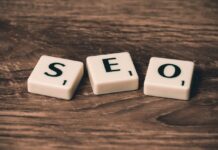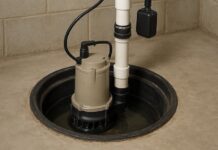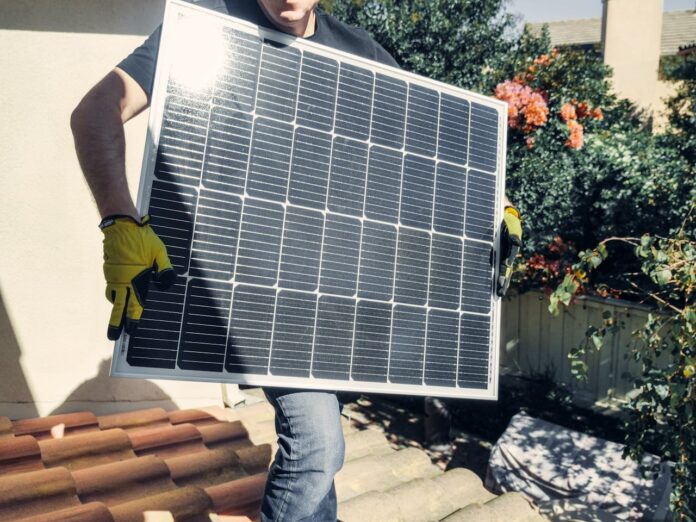Solar used to feel like a nice idea. Something you did if you wanted to feel good about helping the planet. Today, the hidden ROI of solar has turned it into a smart business decision backed by real numbers. If you have ever looked at your energy bills and wondered how to get out from under the constant rate hikes, solar is one of the few options that gives you real control. And once you look past the surface-level savings, the return gets even more interesting.
Think of this as a guide written for people who want the bottom line, not buzzwords. Let’s walk through, hidden ROI of solar and why solar is becoming a quiet profit driver for businesses of all sizes.
From Cost Center to Profit Driver
For years, companies saw energy spending as something you put in the “unavoidable” category. Prices go up, you pay more, and there is not much you can do about it. That mindset has changed fast.
Two things pushed the shift. Solar costs dropped. Utility rates climbed. When the price of something goes down while the alternative gets more expensive every year, smart businesses pay attention. Many teams started doing the math and realized they were leaving money on the table by sticking with the old way.
This is why solar has moved from a side conversation to a front-and-center strategic decision. It is no longer framed as, “Should we do this for the environment?” It is now, “Why are we delaying something that will save us money long term?” The environmental benefit is still there, but it is more like a bonus.
Increasingly, businesses are also partnering with Independent Power Producers (IPPs) to access solar energy without owning the systems outright. These partnerships allow companies to enjoy the financial and operational benefits of solar while reducing upfront costs and leveraging professional energy management.
Lower Operating Costs You Can Count On
Energy bills are unpredictable. One year, you think you have a handle on your spending. The next year, you see a spike and wonder what happened. This volatility makes long-term planning tough.
Solar solves that problem. Once you install panels, your electricity costs drop, and your exposure to rate hikes drops with it. You know what you are producing, you know what you are consuming, and you can project your spending without crossing your fingers.
This is real operational stability. It frees up budget, reduces stress, and gives you more control over cash flow. Businesses often underestimate how much stability is worth until they experience it. It is like switching from renting to owning. Suddenly, you are not on someone else’s timeline or pricing structure.
If you run a business with tight margins or seasonal swings, that predictability can be a game-changer.
Tax Incentives and Easier Financing
Another part of the hidden ROI of solar comes from incentives. Incentives. Between federal tax credits, state programs, and local rebates, a huge chunk of your solar project cost can be covered before you even generate your first kilowatt.
Then there are financing arrangements that reduce the upfront cost even more. Power purchase agreements, leases, and other tools give you the flexibility to adopt solar without writing a giant check on day one. For many companies, switching to solar can feel more like signing up for a different type of utility service rather than managing a big construction project.
That mix of incentives and financing support is one of the reasons adoption has skyrocketed. It shortens the payback timeline, lets companies keep cash free for other priorities, and removes a lot of the friction that used to hold businesses back.
Building Trust Through Clear Action
Customers pay attention to what companies do, not what they claim. Solar sends a clear message. It shows you put real resources behind your values. It shows you think about your impact. And it shows you are planning ahead instead of reacting.
This kind of honesty builds trust. People like supporting companies that make responsible choices, and solar is simple enough that customers understand it immediately. They can see it. They can picture it. They know what it means.
Brand equity is not always easy to measure, but you feel it when it grows. Solar boosts that feeling. It gives customers a reason to pick you over a competitor who is still talking about taking action someday.
A Hiring Edge You Might Not Expect
Employees see sustainability differently than they did ten years ago. It is no longer niche or idealistic. It is expected. People want to work for companies they can feel proud of. This matters even more for younger talent entering the workforce.
Solar fits neatly into this expectation. It gives employees visible proof that your company cares about doing the right thing. It also shows you are forward-thinking, which is a quality people look for in an employer.
Retention improves when people trust their company’s direction. Recruiting gets easier when candidates see real commitments instead of vague statements on a website. Solar may not be the number one reason someone takes a job, but it contributes to the bigger picture that shapes how people feel about your company.
Confidence From Investors and Stakeholders
Investors want companies that plan ahead. They look for stability, resilience, and responsible use of resources. Solar checks those boxes because it reduces a key operational risk: energy costs.
If you present a long-term growth plan and it includes steps that lower future volatility, you look like a company that knows how to stay strong. That confidence influences everything from lending decisions to investor interest to partnership opportunities.
Solar also signals that you are paying attention to climate-related risks without making it the center of your pitch. It is practical, measurable, and financially sound.
How to Get Started the Smart Way
If you want to explore solar without overthinking it, start with a simple energy assessment. Look at your annual usage, your average costs, and your highest demand periods. This gives you a clear baseline.
Next, talk to a few providers and compare proposals. Look for transparency in the numbers. Look for realistic projections. And look for support when it comes to incentives and financing. A good partner will walk you through everything without making it feel complicated.
Set clear goals before you sign anything. Are you trying to save money? Reduce volatility? Improve your sustainability profile? All of the above? The answer will guide the design of your system and the financing approach.
Solar is not one size fits all, but it is easier to tailor than most people expect.
The Bottom Line
The real hidden ROI of solar goes far beyond lower electricity bills. It creates stability. It strengthens your brand. It attracts customers and talent. It builds investor confidence. And it does all of this while reducing environmental impact.
Most businesses do not realize how much value they are unlocking until after the system is up and running. You start seeing savings, then you notice smoother budgeting, then you start hearing positive feedback from customers and employees. It snowballs in a good way.
If you are thinking about solar, now is a great time to take a serious look. Costs are low, incentives are strong, and the benefits reach into every corner of your business. It is not just a sustainability move anymore. It is a smart move.
Find a Home-Based Business to Start-Up >>> Hundreds of Business Listings.
















































